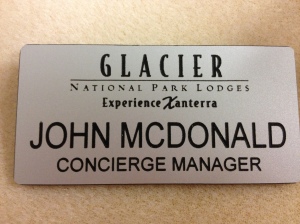Hi,
Yes, i am still in America. It is not as bad as they say.
We visited a few Midwestern states for vacation. Traveling in the age of COVID-19 takes some getting used to. We took the train on this trip. Mandatory mask wearing for coach travelers and no access to the dining cart. It was a projected 46-hour ride — both ways.
We chose the Empire Builder.
It was a beautiful ride, sleep be damned. I did not realize how enchanting fields of corn, grain and sunflowers could be.
From Portland, Oregon, train travelers have multiple options. Amtrak operates routes to Seattle, San Francisco, Los Angeles and beyond. The Empire Builder ends in Chicago. We got off one stop before, in Milwaukee, Wisconsin. It was quite a journey.
The Washington stretch is nothing short of amazing. Traveling along the Columbia River Gorge, we were front row to spectacular views of mountains, waterfalls, farms, villages and fishing boats. Looking back, the train made good time.
We climbed out of the gorge and onto a plateau near Spokane, Washington. Once in Spokane, we hooked up with the train coming from Seattle. The Seattle cars were placed up front behind two engines. A dining car and an observation/lounge/cafe car separated the Seattle section from the coach and sleeper cars that had originated in Portland. The train was far from full, which allowed for proper physical distancing.
Yes, pandemic protocols were still in effect as we were required to wear face masks at all times, except when eating and drinking. I did my best to stay properly hydrated. Sleeping in coach chairs proved to be a challenge. Our car’s air cooling system had no problems. Perhaps Amtrak was testing its future chill car.
From Cascadia, The train makes one stop in Idaho and then tours through Glacier National Park and into Montana. This could be considered the high point of the route. Jagged mountain tops and crystal clear rivers. We were lucky enough to see Glacier and Blackfeet Nation lands on the “to” and “from” routes.
Eastern Montana and pretty much all of North Dakota are grasslands. Fields of grain and crops. On some parcels of land there appeared to be the presence of hydraluic fracking operations. Wells extracting natural resources. Designated by a flame.
That process is called flaring. This is where we are now.
Good night, America. Write soon.
John












See What Readers Have to Say